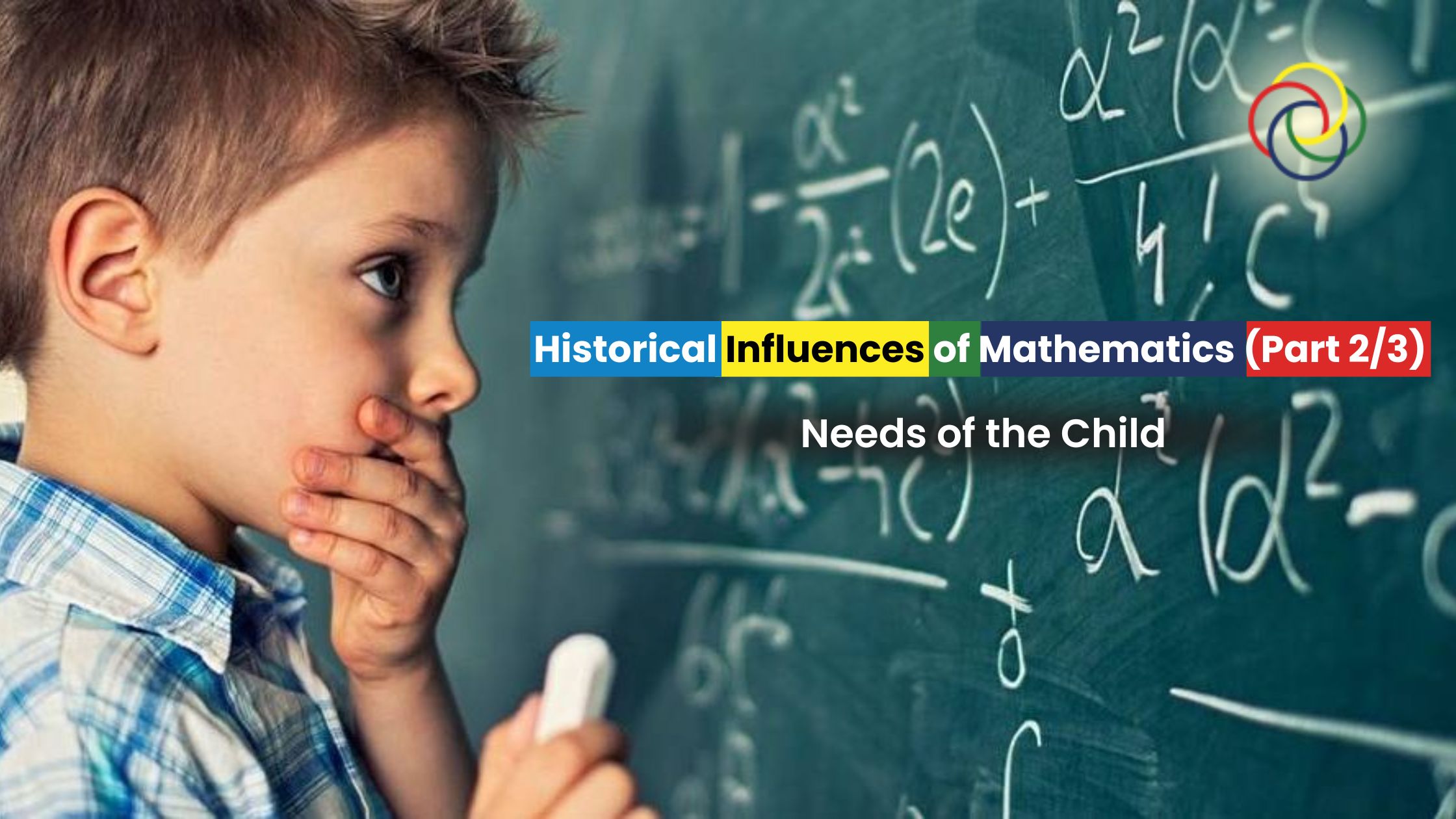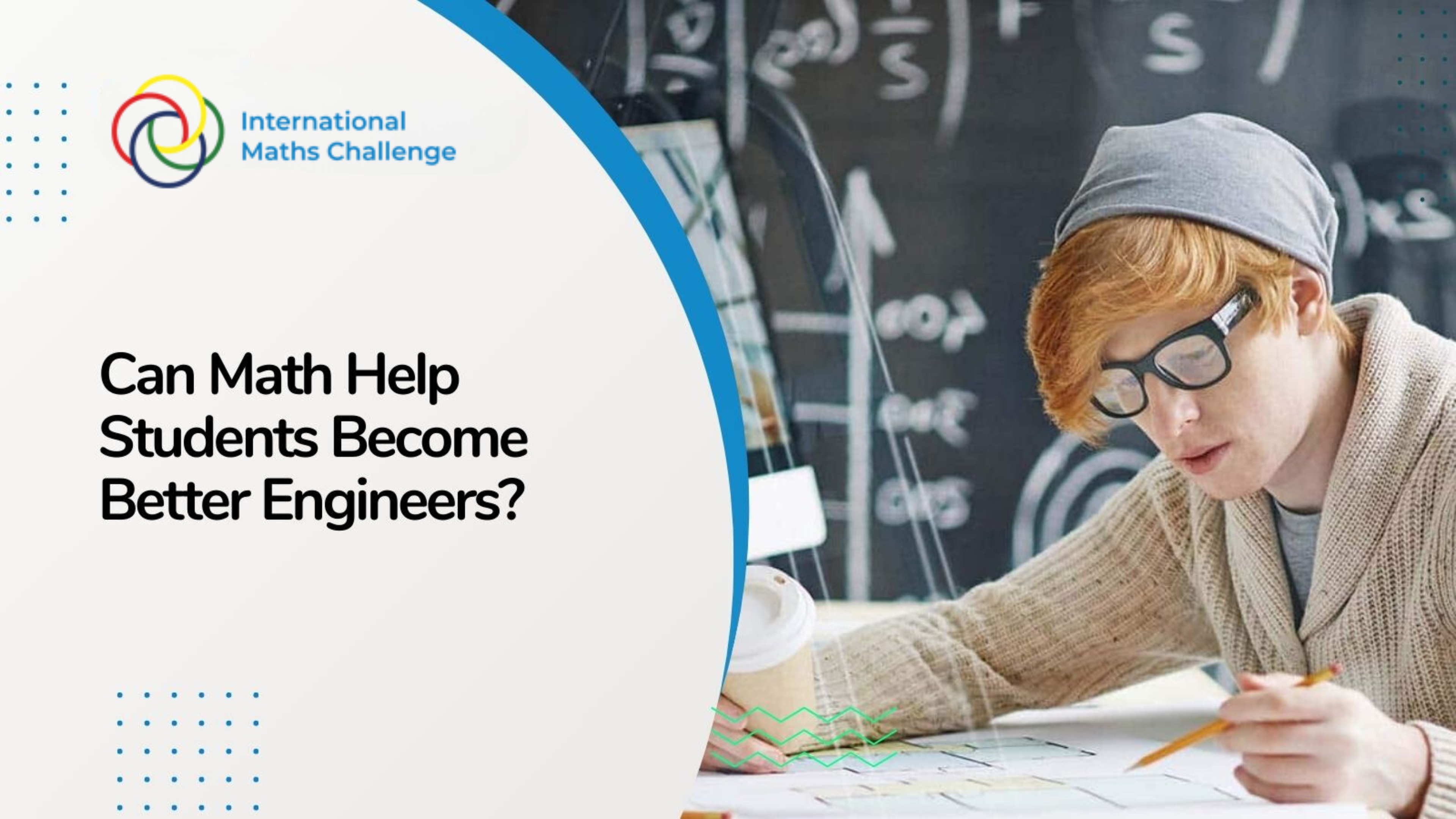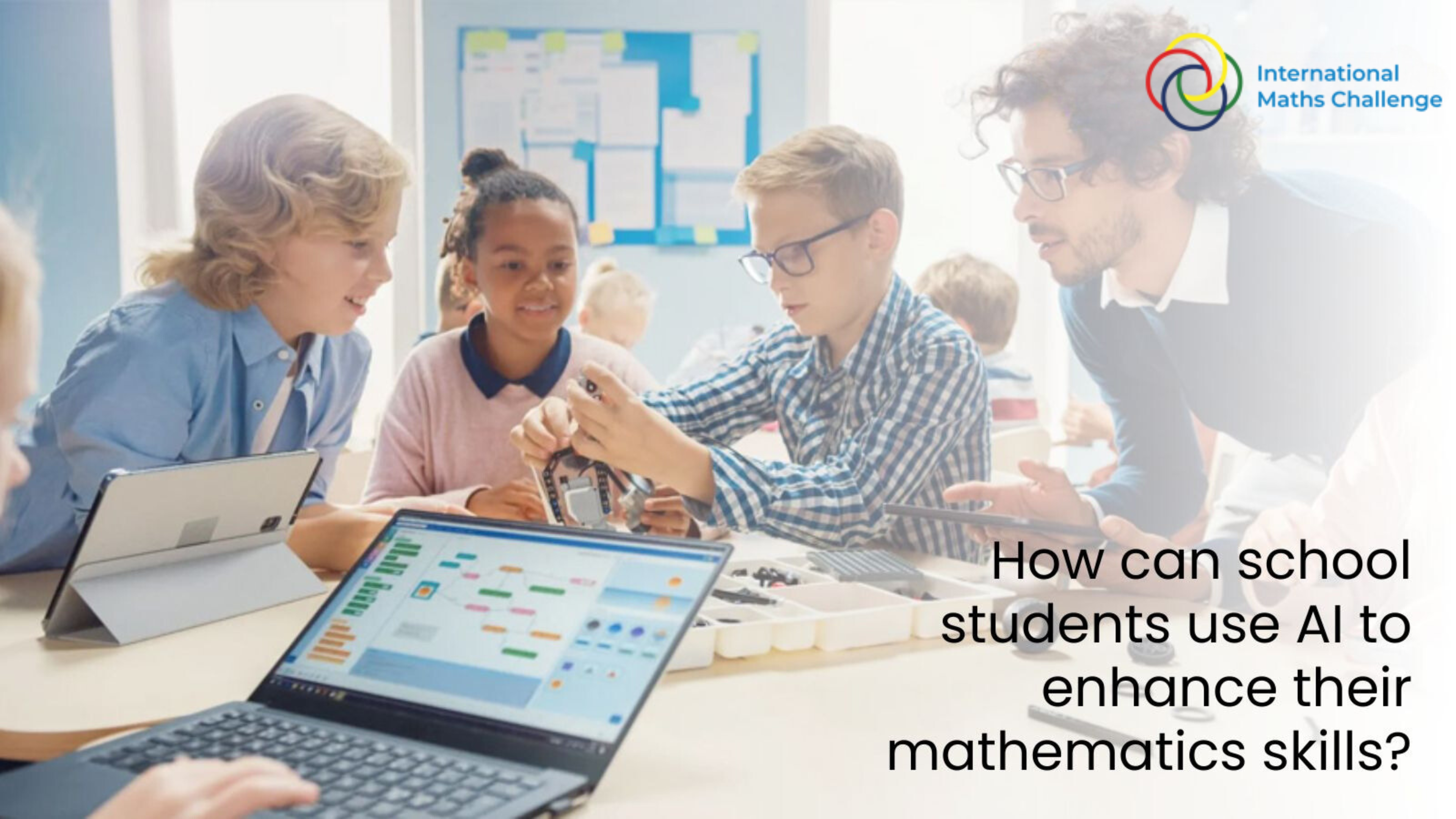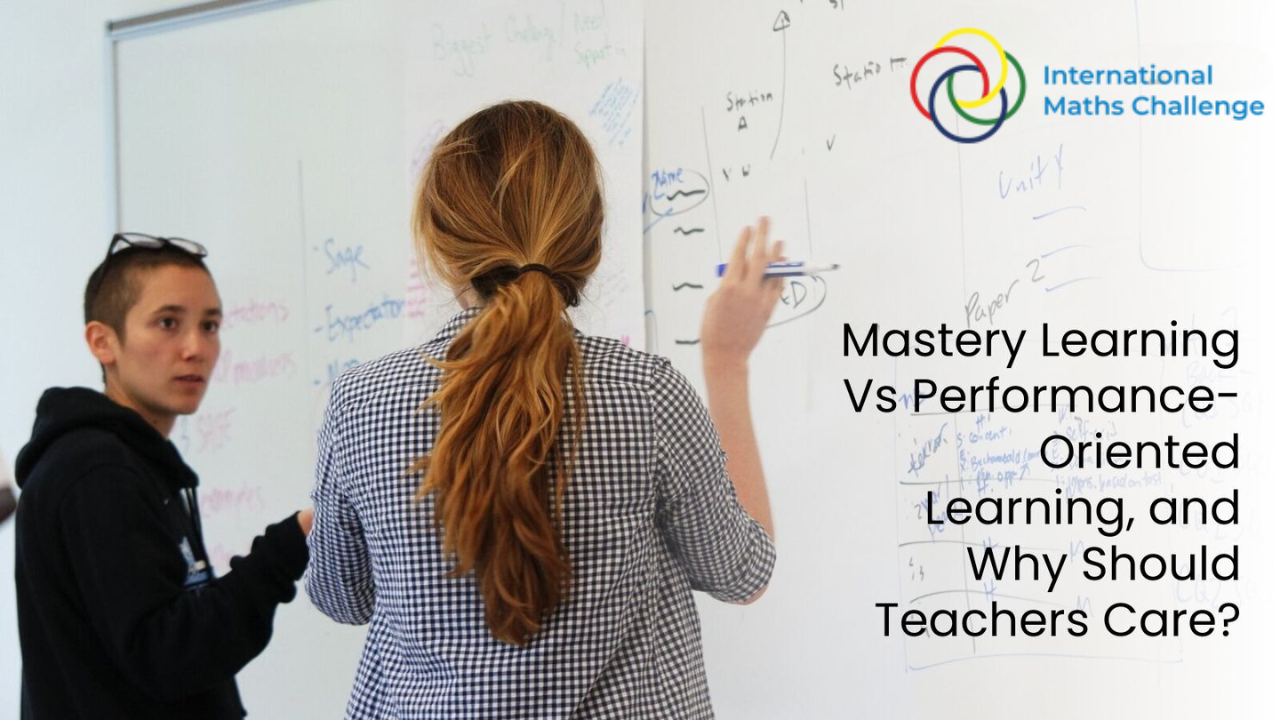Three factors—the needs of the subject, the child, and the society—have influenced what mathematics is to be taught in schools. Many people think that “math is math” and never changes. This three-part series briefly discusses these three factors and paints a different picture: mathematics is an ever-changing subject.
We have already discussed the Needs of the Subject in the previous blog. In this second part, we discuss-
Needs of the Child
The mathematics curriculum has been influenced by beliefs and knowledge about how children learn and, ultimately, about how they should be taught. Before the early years of the twentieth century, mathematics was taught to train “mental faculties” or provide “mental discipline.” Struggling with mathematical procedures was thought to exercise the mind (like muscles are exercised), helping children’s brains work more effectively. Around the turn of the twentieth century, “mental discipline” was replaced by connectionism, the belief that learning established bonds, or connections, between a stimulus and responses. This led teachers to the endless use of drills aimed at establishing important mathematical connections.
In the 1920s, the Progressive movement advocated incidental learning, reflecting the belief that children would learn as much arithmetic as they needed and would learn it better if it was not systematically taught. The teacher’s role was to take advantage of situations when they occurred naturally as well as to create situations in which arithmetic would arise.
During the late 1920s, the Committee of Seven, a committee of school superintendents and principals from midwestern cities, surveyed pupils to find out when they mastered various topics. Based on that survey, the committee recommended teaching mathematics topics according to students’ mental age. For example, subtraction facts under 10 were to be taught to children with a mental age of 6 years 7 months and facts over 10 at 7 years 8 months; subtraction with borrowing or carrying was to be taught at 8 years 9 months. The recommendations of the Committee of Seven had a strong impact on the sequencing of the curriculum for years afterward.
Another change in thinking occurred in the mid-1930s, under the influence of field theory, or Gestalt theory. A 1954 article by William A. Brownell (2006), a prominent mathematics education researcher, showed the benefits of encouraging insight and the understanding of relationships, structures, patterns, interpretations, and principles. His research contributed to an increased focus on learning as a process that led to meaning and understanding. The value of drill was acknowledged, but it was given less importance than understanding; drill was no longer the major means of providing instruction.
The relative importance of drill and understanding is still debated today. In this debate, people often treat understanding and learning skills as if they are opposites, but this is not the case. The drill is necessary to build speed and accuracy and to make skills automatic. But equally clearly, you need to know why as well as how. Both skills and understanding must be developed, and they can be developed together with the help of International Maths Challenge sample questions.
Changes in the field of psychology have continued to affect education. During the second half of the twentieth century, educators came to understand that the developmental level of the child is a major factor in determining the sequence of the curriculum. Topics cannot be taught until children are developmentally ready to learn them. Or, from another point of view, topics must be taught in such a way that children at a given developmental level are ready to learn them.
Research has provided increasing evidence that children construct their own knowledge. In so doing, they make sense of the mathematics and feel that they can tackle new problems. Thus, helping children learn mathematics means being aware of how children have constructed mathematics from their experiences both in and out of school.
End Note
As we have explored, a child’s journey through mathematics is deeply intertwined with their cognitive development, critical thinking skills, and overall academic success. By addressing their individual needs, providing appropriate support, and fostering a positive learning environment, we lay the foundation for a lifelong appreciation and understanding of mathematics. But what about the broader context? How does mathematics serve society at large, and what influences has it made in history? In our next blog, we will delve into these questions, examining the societal needs in mathematics and its profound impact on the course of human history.








